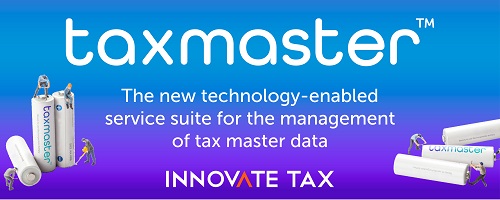The U.S. Supreme Court’s 2018 South Dakota v. Wayfair decision decided that states could require remote sellers to collect and remit sales tax on their in-state sales. Since that ruling states have relied on the original two types of economic nexus thresholds, or “tests,” to determine when a remote seller must begin collecting and remitting sales and uses taxes:
- A gross revenue test in which compliance is triggered after remote sellers exceed a specified amount of sales revenue generated in the state during a calendar year; and/or
- A transaction test in which compliance is required after the remote seller completes a set number (e.g., 200) of individual transactions.
Source: www.vertexinc.com
Latest Posts in "United States"
- Washington State to Tax Advertising and Retail Services Starting October 2025
- Vernon, Alabama Raises Local Sales and Use Tax Rates Effective October 2025
- Florida Eliminates Sales Tax on Commercial Real Estate Leases Effective October 2025
- Are Meal Subscription Boxes Subject to Sales Tax? Understanding Taxability by State
- Most New Jersey Voters Strongly Oppose Expanding or Raising State Sales Tax, Poll Finds














